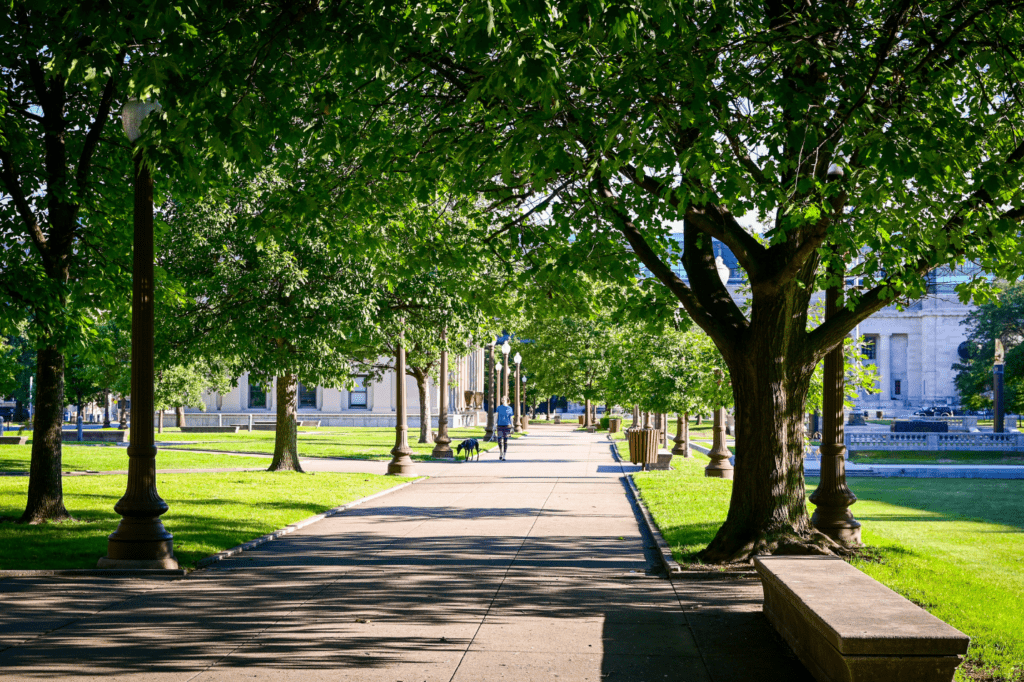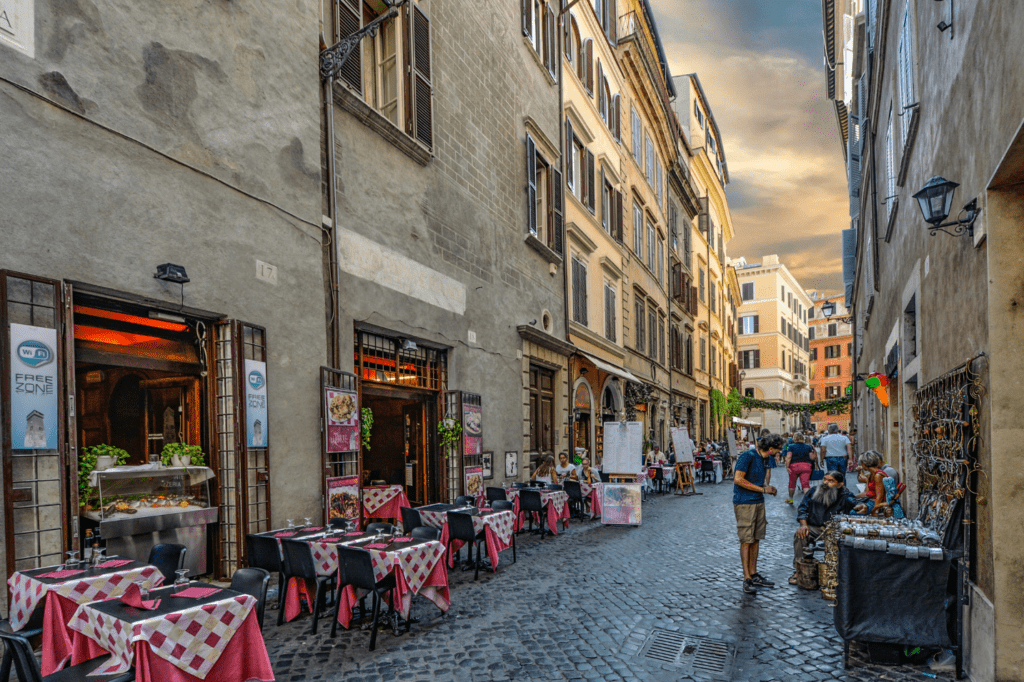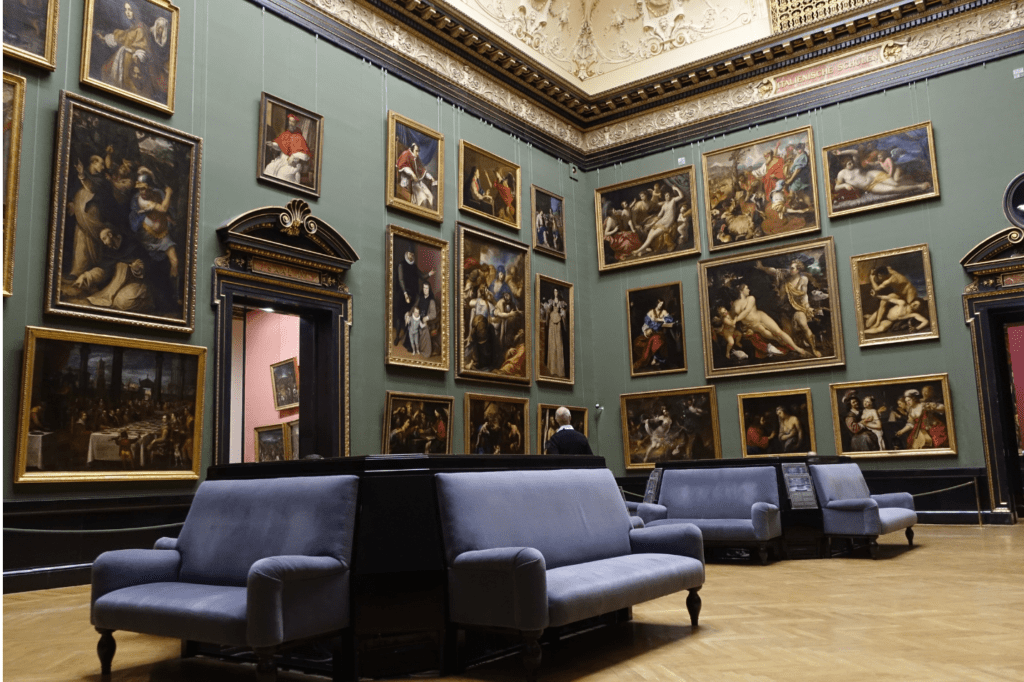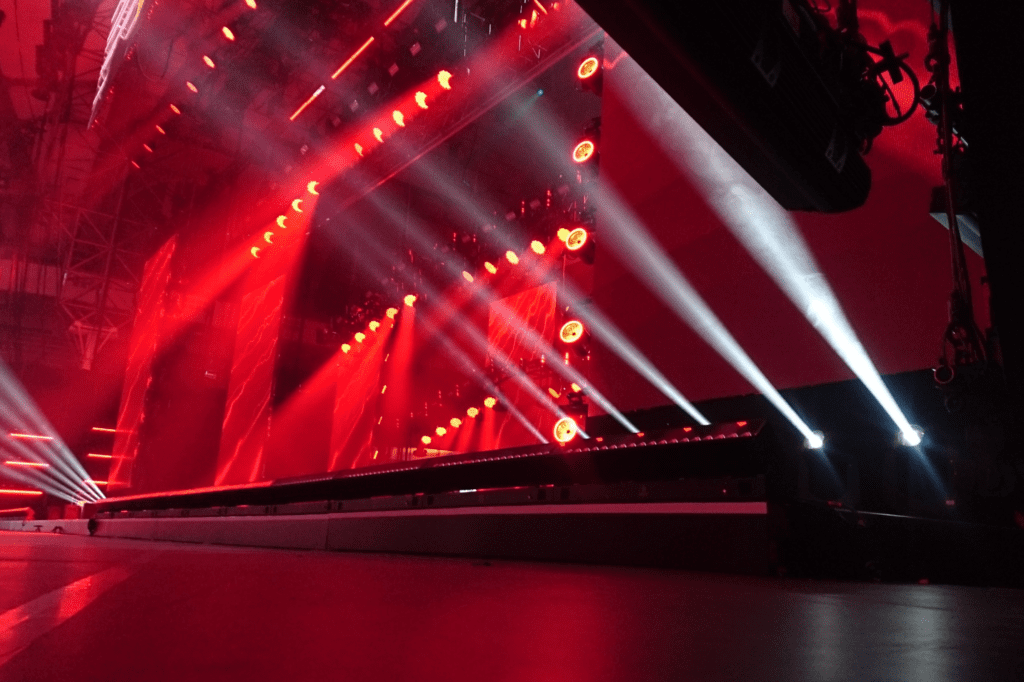18 Stunning Settings to Ignite Your Imagination and Boost Your Writing Creativity
Do you sit down and work on your current writing project only to find yourself stuck because you have no idea where your story is going to take place?
No worries.
All writers have to start somewhere. Even if you don’t know where to start, here are 18 places to find writing scene inspiration.

1. Parks and nature reserves
Sit in nature or on a park bench, observe the scenery, and watch how calm your body becomes. Whip out your small notebook and pen. Get specific with what you see. For instance, if you see a couple jogging, you could write what color clothing they wore. Describe the items they held in their hands. You never know how the simplest thing could create or become the main point of your story.
2. Beaches and waterfronts
Soak your feet in the sand. Enjoy the view of the ocean. Take in the sounds of people laughing, talking, and playing with their pets. Use this scenery and ask yourself:
What would read at the beach?
Could this scenery be the setting for your novel?
Is there anything that stands out to you while you are on the beach?
Beaches and waterfronts are the perfect place for your creativity to come to life.
3. Museums and art galleries
Are you more of a visual person? Museums and galleries may be the perfect place for you. Bring a notepad for this occasion. Write down the first thing that comes to mind when looking at a painting or artifact.
Become inspired by the setting.
Does the character meet someone there for the first time?
Is the main character there to pick up a secret package?
There are a number of things you can do to make use of a museum or art gallery for your story.
4. Historical sites and landmarks
Do you travel to a specific destination to tour a historical site or landmark? You tell yourself to stay in the area longer because you’ve become captivated by its beauty.
Learning the backstory behind that specific landmark can open up your creative mind.
Let your creativity come to life on paper.
5. City streets and neighborhoods
Using realistic city streets and neighborhoods can give readers the chance to find the scene relatable depending on how you represent it in the story. For instance, a character could live in a lower-class area but have friends living in the middle and upper-class cities.
Highlight the struggles each character faces and their goals in life.
Do not be afraid to change the narrative.
Be bold and get creative.
6. Cafes and restaurants
This is the perfect scenario to order drinks, meet people, and get work done. Think outside the box.
For instance, the character could be in a restaurant eating, gets up to go to the restroom, and hears a worker on the phone in an alleyway talking to someone about coming in after the café or restaurant closes because they have unfinished business.

7. Bookstores and libraries
There’s no better feeling than going into a bookstore, scrolling past multiple shelves, and catching sight of a book you never read. Although people do this on a daily basis, you could use the library as the main setting for your story. For example, the character could be studying late in the school library near campus. Only a few people are left. Suddenly, the lights cut off.
Use your imagination and go from there.
8. Theaters and concert halls
Do you love the sound of music? Go to a play or a concert. Listen to the beautiful sounds and harmonies of a band.
Even if you aren’t a fan of going to a theater, it wouldn’t hurt to try. Your inspiration comes when you get out of your comfort zone.
You’ll be surprised as to the types of shows performed when you go to a theater.
9. Sporting events and stadiums
Sporting events can spark your creativity.
For example, a class goes on a trip for a sporting event to grasp the concept of velocity. However, one student gets left at the stadium. The student doesn’t know that his class has left the stadium.
What will the student discover?
10. Festivals and fairs
Are you writing about a character going on a date? Is the character going to a festival or fair they’ve been to as a child?
Festivals and fairs can set the tone for what you want to happen. You can highlight what goes wrong, but do it in a way that everything feels right.
The character could be working at the festival or fair for the summer to earn income for college.
11. Markets and shopping districts
Do you have a character whose occupation is a chef? Got fired? Looking for inspiration?
Have the character go to the market.
But when they go back to their apartment, they receive a knock on the door.
Someone informs them that they left their wallet.
But the character notices that their wallet is on the kitchen counter.
12. Mountains and hiking trails
Typically, people hike up trails or mountains to release any burdens or worry. Also, it allows them to connect with nature. You can get inspired and use this setting for any genre you write.
Romance: Picnic date set up by a waterfall.
Thriller: A hidden lodge in the woods.
Nothing is impossible when it comes to generating ideas for your story.

13. Gardens and botanical parks
If you love the smell of fresh flowers and plants, then gardens and botanical parks could spark your creative side. Take your time when you walk in a garden. Bring a sketchpad if you are artistic or a camera to take photos.
14. Amusement parks and carnivals
Amusement parks and carnivals are a great way to unwind and have fun. Sometimes, as writers, we are hard on ourselves because things don’t go to plan. And that’s okay. Allow your character to take over the story.
Let go of what you can’t control.
Go to a place like an amusement park or carnival as an escape to enjoy the present moments.
15. Airports and train stations
Bring your laptop; take out your phone, or pen and paper to write down your ideas as you watch people come through the airport or train station.
Does your story require your character to travel?
Is the main setting in a new location?
Did the character get on the wrong flight?
Build a narrative that showcases what you are capable of doing.
16. Bridges
Bridges can be symbolic. There are no limitations when it comes to including a bridge in your story. The bridge could be a place where:
- A character is meeting someone there because it’s a nearby location.
- Someone from a local town disappeared from the bridge.
- The main character wants to make it across without fear (accepting new chapters of your life).
17. Churches and religious sites
Use a church or religious site to indicate to readers what this specific place means to the character and its importance.
Give readers a unique perspective that makes them feel that your story is worth your time.
18. Abandoned buildings and ruins
Abandoned buildings and ruins allow you to build up.
Visualize how you’ll rebuild those abandoned places.
Would you paint the walls?
Would you change the layout?
Think of this as an opportunity to structure your masterpiece like art but in words.

Setting Sites for Inspiration
Each of these places can give you a unique perspective to build your settings, characters, and plots. Take in all that your setting can offer. Let your imagination run wild. You never know what ideas might come for current or future writing projects.
Enjoy the process and take in every moment.

Hello there, my name is Vikita. I’m an aspiring author. I’ve written my first fiction novel and want to share the tips, tricks, and some of the things I learned throughout my journey. And I figured this was the perfect way for you to get to know me.







